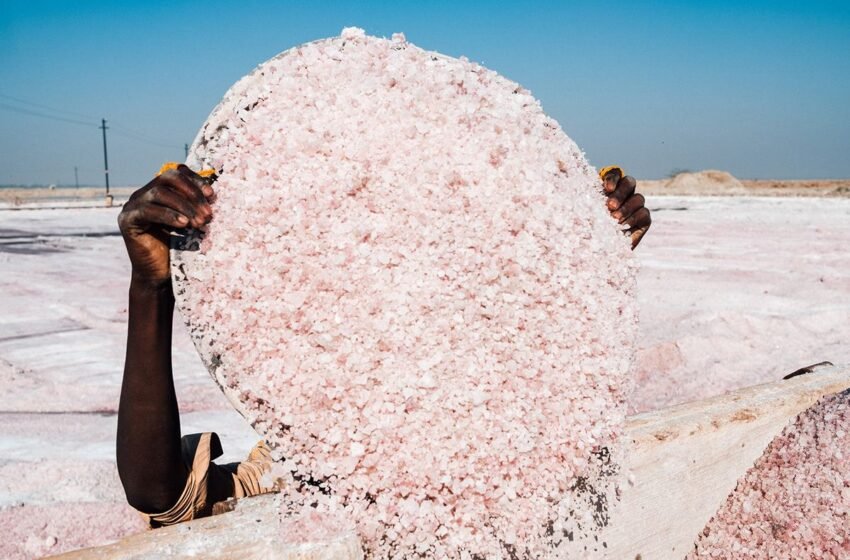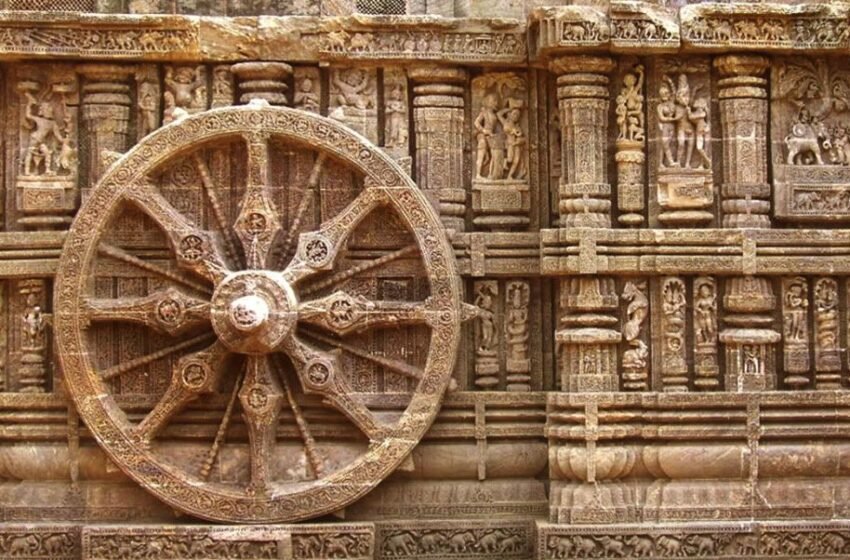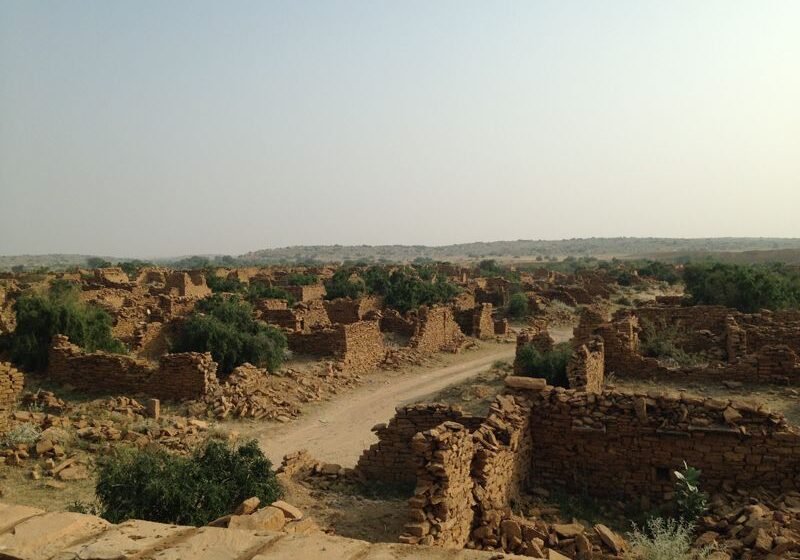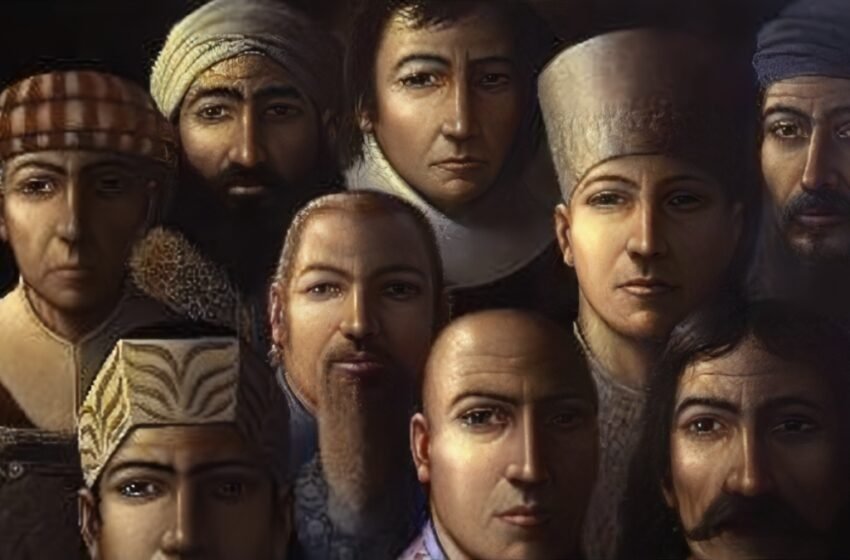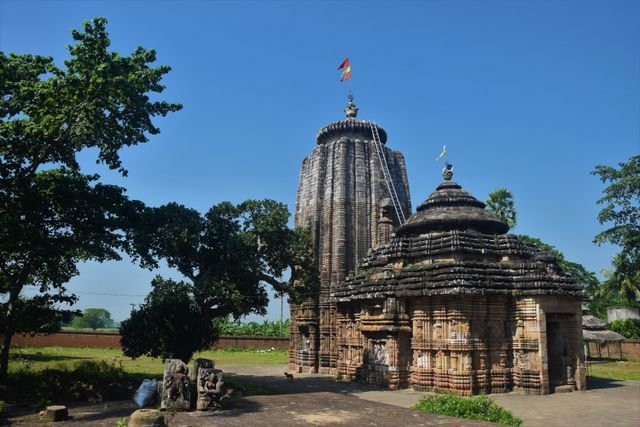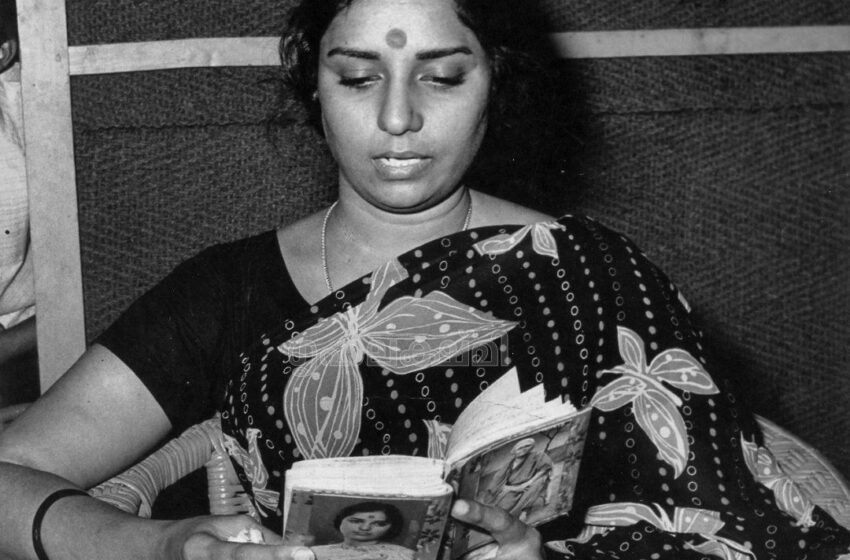-Ananya Sinha Ancient myths were not only religious and cultural patterns but also templates of the explanation of justice, power, and human behaviour. Perhaps the most primitive topic explored in the myths is the tension between divine justice drawn from cosmic or moral order and human law that is fashioned for the ordering of society. […]Read More
Tags : ANCIENT INDIA
-Vani Mishra At the center of Rajasthan’s desert sun-scorched landscape rises the Sambhar Salt Lake. India’s largest inland salt lake. A tourist destination today and a center of salt production. But centuries ago, it was the center of a pre-colonial salt economy controlled by a class of influential salt merchants. These merchants, eclipsed by stories […]Read More
-Vani Mishra Odisha A beautiful gem on the east coast of India,Odisha is famous for its vibrant cultural heritage, classical dance forms and magnificent temples. Of these wonderous works of architecture, the Konark Sun Temple, looms large not only in a physical sense; but as an embodiment to the craft, brilliance, and cosmic knowledge of […]Read More
-Vani Mishra India is remembered for the two million soldiers who joined the colonial Indian Army, but the country’s history is far richer. About diesel and electric submarines which were used in the second world war, we often recall German U-boots stalking the Atlantic or the American fleet patrolling the Pacific. Indian’s silent contribution towards […]Read More
-Bhoomee Vats Even with a brief life, Toru Dutt left her mark on Indian literature and poetry. Born on 4th March, 1856, Toru was the youngest of the three siblings of the Rambagan, Calcutta Dutt family. Govin Chander Dutt, her father, was a prominent figure in Bengali society, and her mother, Kshetramoni Dutt, was very […]Read More
-Hemangi maheshwari Some stories don’t start with noise. They rest quietly in the background, passed down through whispers. Kuldhara is one such place. It’s a deserted village near Jaisalmer, Rajasthan. People call it haunted. But it’s not about ghosts. It’s about people who once lived, chose to leave, and never came back. Kuldhara used to […]Read More
-Hemangi maheshwari There are revolts that announce themselves with fire, with slogans, and the roar of a charging crowd. And then, there are others that move quietly, like whispers in the dark, passed hand to hand like secrets too dangerous to speak aloud. In the early months of 1857, as India stood on the edge […]Read More
-Hemangi maheshwari In the continuous flow of Indian history, where legends blend with fact, one particular tale stands out and refuses to be set aside. The narrative of the Nine Unknown Men has no chronicles inscribed into stone relics or concealed in ancient libraries, yet it thrives to this day. In this story, one finds […]Read More
-Bhoomee Vats Nestled between the Bay of Bengal, the Prachi River is one of Odisha’s most holy rivers. While everyone celebrates India’s rich cultural heritage through the Indus Valley Civilization, this river creates a hidden valley that paved the way for a very important civilization, the Prachi Valley Civilization. Odisha’s location between the jungle and […]Read More
-Bhoomee Vats Edavalath Kakkat Janaki Ammal, also known as Janaki Ammal, was born on 4th November, 1897 in Thalassery, Kerala. With her master’s in Botany, Janaki became a name famous not just in India but also worldwide. She is known to be the first female Indian Botanist, as her research on plant breeding, cytogenetics, and […]Read More

